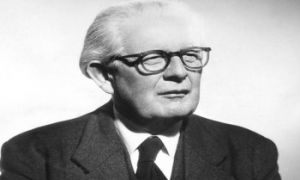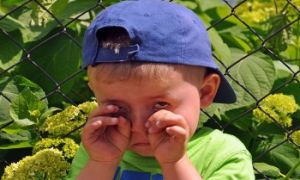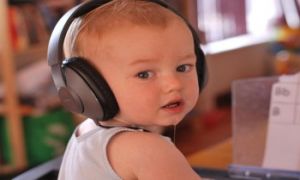Learning styles, according to Howard Gardner, are the ways in which an individual approaches a range of tasks. The following provides information on Gardner's learning styles.
Learning Styles have been grouped in a variety of ways, including right brain and left brain, impulsive and reflective, visual, auditory, and kinesthetic. Gardner contends that the concept of learning styles lacks precise standards for what constitutes a learning style, from where it derives, and how to identify and evaluate it. The concept of learning styles is described by him as "a hypothesis of how an individual approaches a range of materials."
Learning Styles
- Visual
Such children use images, pictures, maps and charts to process information. They have a high spatial sense too and are good at reading maps or finding their way around in school. To engage such learners, use more mind maps, graphic organizers, film clips and posters to teach concepts and skills. Encourage them to use their spatial awareness to map out thoughts through visually appealing tools like crayons and teach them to colour-code information through material like sticky notes.
- Verbal
Also known as linguistic learners, such children are adept in using words and language to communicate. They may start writing earlier than others and have a wider vocabulary as compared to their peers. Foster verbal intelligence by reading aloud stories to them and in turn, having them read material on their own. Encourage them to narrate stories, and rewrite learning material and verbal instructions for better retention.
- Aural
These learners have a highly developed sense for sound and music as well as pitch, tone and rhythm. Such children also experience music with strong emotion and prefer to work accompanied by background music. In order to engage them better, include clips to sound and music in lessons, use audio lectures, rhymes or songs to explain ideas and mnemonic or alliterative devices to remember concepts.
- Kinaesthetic
Also known as physical intelligence, this style of learning is marked by a preference for motion and movement. Such children move around a lot in class and use gestures or other body language to communicate. They enjoy textures, sports, physical games and perhaps even a bit of roughhouse play. Involve such learners is by implementing learning-by-doing strategies. Plan for projects and hands-on tasks like creating models and role-playing to help them achieve curricula goals. Also, allow such learners to physically unwind by walking around the class or playing outside.
- Logical
Such learners are usually keen to know why a thing works or the reason behind a concept. They like activities and games like chess which calls for critical thinking skills. They enjoy making plans, building sequences and categorizing information to extract meaning. Encourage logical learners to organize learning material by writing lists or highlighting key concepts. Instead of expecting them to memorize, show them the reasoning behind the concept or how the parts come together to make a greater whole.
- Interpersonal
Interpersonal learners have highly developed social skills evident in their preference for group work and collaboration with peers. They often make great teacher’s helpers as they willingly assist other children or hand out books and materials in class. Help them learn better by working in teams, checking with peers, role-playing stories and giving them opportunities to discuss ideas or share opinions.
- Intrapersonal
These learners prefer to learn on their own but at other times, they may be open to socialising as well. Solitary learners are usually independent thinkers and can spend long periods writing or colouring by themselves. Encourage such learners to set learning goals for themselves and teach concepts through activities like journaling. Ensure they have enough space and time to process learning concepts or complete tasks.
To make learning experiences more accessible for all children it is beneficial to have a range of ways to present information to children as well as an understanding of various learning styles from which they can all learn.
Further Reading
Implementing Different Learning Styles When Teaching Children - The following article details each learning style, the set of characteristics which shows how a child may learn and the best way to teach a child based on their own individual learning style.
Visual Learning Style In Children - The following provides information on identifying visual child learners, how Educators help visual learners, supporting visual learners and more.
Tactile Learning - The following article provides information on identifying tactile learners and how to use tactile learning within the learning environment.
Howard Gardner - Multiple Intelligence - The following provides information on Howard Gardner's theory.
References:
Children’s Learning Styles, Ability Path Inspiring Inclusion


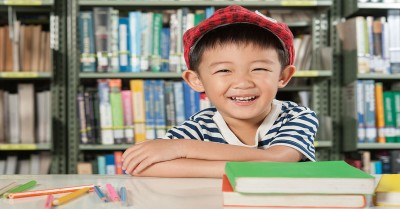




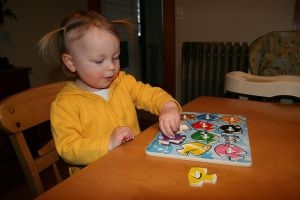 Toddlers have a greater understanding of the world around them by this stage. Their cognitive development (also known as intellectual development and thinking skills) continues
Toddlers have a greater understanding of the world around them by this stage. Their cognitive development (also known as intellectual development and thinking skills) continues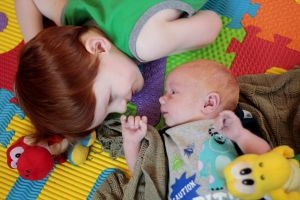 Infants begin to develop trust when parents begin to fulfil their needs. Such as changing an infant's nappy when needed, feeding on request and holding
Infants begin to develop trust when parents begin to fulfil their needs. Such as changing an infant's nappy when needed, feeding on request and holding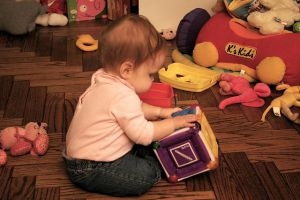 Beginning at birth the construction of thought processes, such as memory, problem solving, exploration of objects etc, is an important part of an infant’s cognitive
Beginning at birth the construction of thought processes, such as memory, problem solving, exploration of objects etc, is an important part of an infant’s cognitive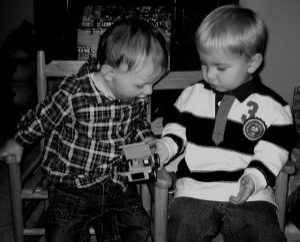 Toddlers want to do more on their own and do not like it when you begin to establish limits on their behaviour. Tantrums can become
Toddlers want to do more on their own and do not like it when you begin to establish limits on their behaviour. Tantrums can become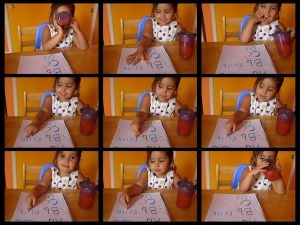 Your preschooler is now able to focus their attention more accurately and is less influenced by distractions. The intensity of questions increase as your child
Your preschooler is now able to focus their attention more accurately and is less influenced by distractions. The intensity of questions increase as your child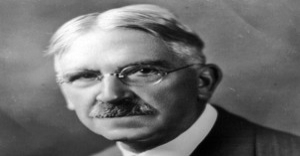 John Dewey is often seen as the proponent of learning by doing – rather than learning by passively receiving. He believed that each child was active,
John Dewey is often seen as the proponent of learning by doing – rather than learning by passively receiving. He believed that each child was active,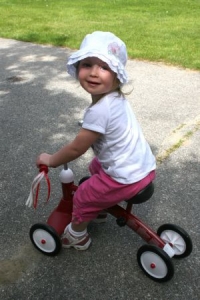 Toddler advance and gains new skills in Gross Motor Development milestones achieved throughout earlier years. Co-ordination and challenges that could not be performed before such
Toddler advance and gains new skills in Gross Motor Development milestones achieved throughout earlier years. Co-ordination and challenges that could not be performed before such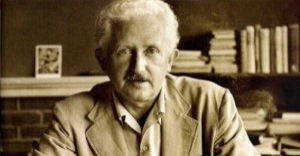 Erik Erikson developed a psychosocial theory to understand how we each develop our identities through eight stages of psychosocial development from infancy to adulthood. The
Erik Erikson developed a psychosocial theory to understand how we each develop our identities through eight stages of psychosocial development from infancy to adulthood. The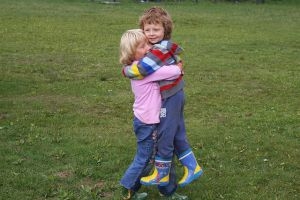 At this point preschoolers begin to interact effectively with others. Play becomes more innovative and organized and “boyfriend” or “girlfriend” begins to emerge. Preschoolers have
At this point preschoolers begin to interact effectively with others. Play becomes more innovative and organized and “boyfriend” or “girlfriend” begins to emerge. Preschoolers have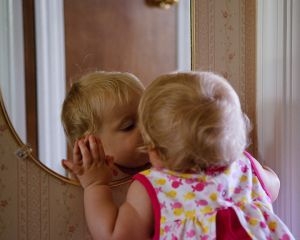 From now, babies begin to identify and respond to their own feelings, understanding other's feelings & needs and interact positively with others. A baby's social and
From now, babies begin to identify and respond to their own feelings, understanding other's feelings & needs and interact positively with others. A baby's social and